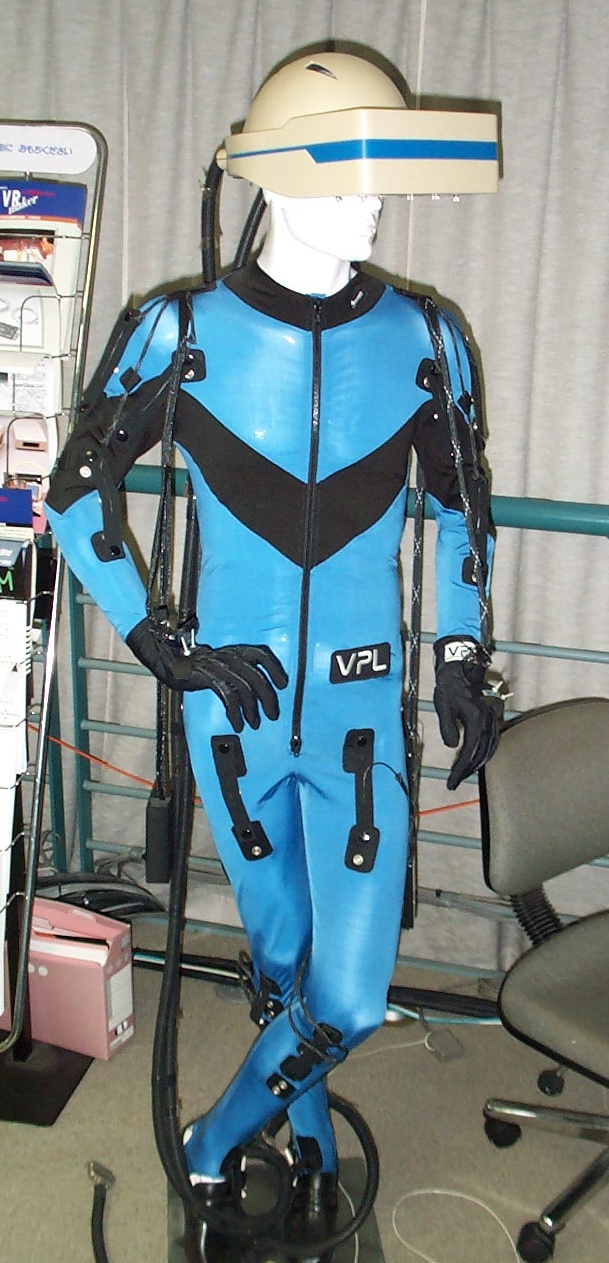1832

Many consider the invention of the stereoscope by Charles Wheatstone, all the way back in in 1832, to be the origins of immersive technology. The stereoscope was a device which took a pair of images, one for the left eye and another for the right, and allowed the user to view them together as a three-dimensional image.
1957

More than a hundred years after the stereoscope, the Sensorama was invented by Morton Heilig. The Sensorama was a machine which played a 3D film complete with stereo sound, wind, vibration, and even smell! The product was a commercial failure but nonetheless an important step on the way to today's immersive technologies.
1961

The Headsight headset: This precursor to the VR head-mounted display (HMD) is invented by Philco engineers for military use. While not itself a piece of virtual reality, it was an important evolution into the development of hardware that will be used for VR.
1968
MIT computer scientist Ivan Sutherland, along with a few of his students, created the first augmented reality head-mounted display system. The virtual environment of this system responded to the head movement of users.
1982

The science fiction film Tron depicts a computer programmer who is transported inside of a computer, where he must interact with its software and programs in order to escape. While it is obviously a work of fiction, the film is a cultural representation of immersive technology.
1984

VPL Research is founded as one of the first commercial virtual reality companies. Their products included the DataGlove, the EyePhone (no relation to Apple!), and the DataSuit. The DataSuit was a full-body, wearable apparatus which could track movement of all its wearer's limbs!
1991

Sega announces the Sega VR, a virtual reality headset for VR-gaming at home and in arcades. The product never made it to release due to development issues, but the idea was the precursor to modern personal immersive technology headsets.
1998

Sportvision releases the beginnings of a graphics software now known as 1st & Ten, which is an augmented reality software that overlays information about sports onto live broadcasts. This software originally only showed the yellow first down line for football games but has since been added on to in various ways, and is used in other sports as well.
2012

Oculus prototypes their Oculus Rift virtual reality headset at E3 and raises $2.4 million in a Kickstarter campaign. This was a monumental moment in consumer VR technology.
2014
Facebook acquires Oculus for $2 billion!